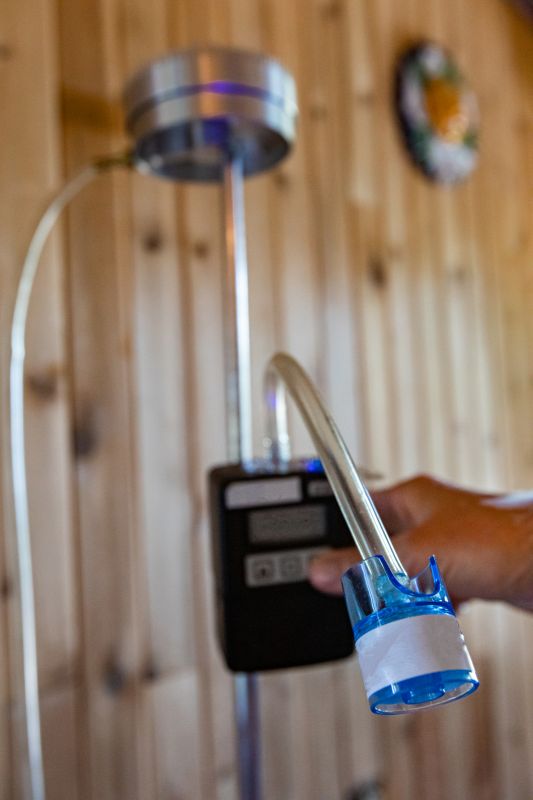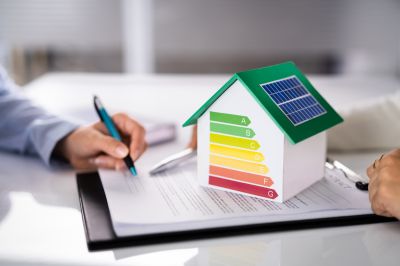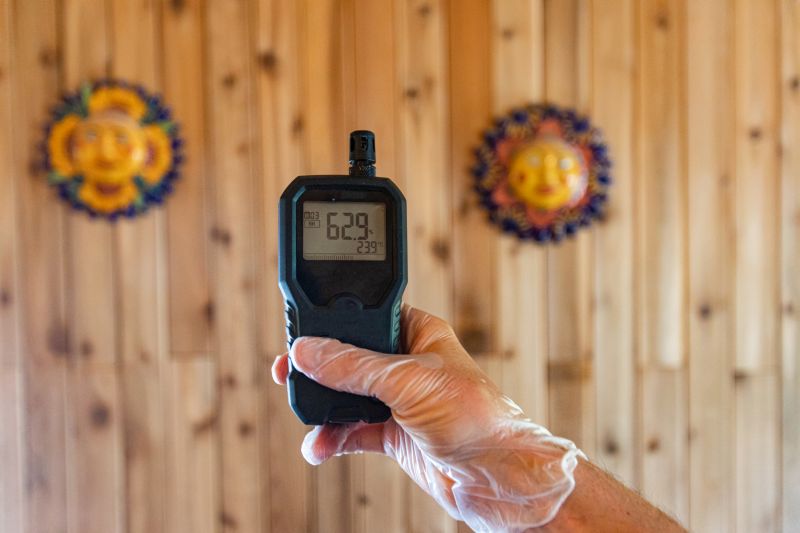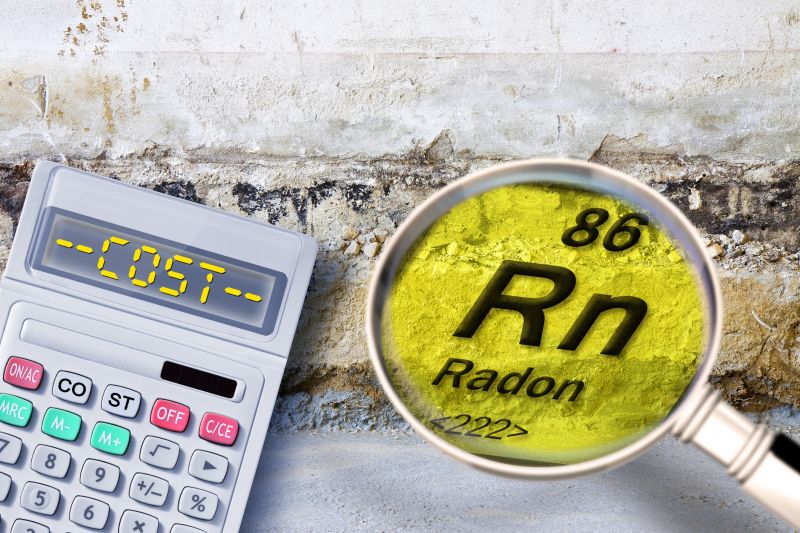Understanding Power Ratings Costs

High-grade measurement tools and sensors can increase initial costs but improve accuracy and reliability.

Advanced data collection techniques, including remote sensing and automated systems, affect overall expenses.

The complexity of the environment and terrain influences the resources needed for accurate power rankings.
| Factor | Impact on Cost |
|---|---|
| Equipment Quality | Higher quality equipment increases costs but enhances data precision. |
| Data Collection Method | Manual collection is less expensive but less accurate; automated methods cost more. |
| Environmental Conditions | Challenging terrains and weather conditions raise operational expenses. |
| Service Scope | Broader coverage areas require more resources, raising overall costs. |
| Frequency of Measurement | More frequent data collection increases labor and equipment use. |
| Technology Integration | Advanced analytics and software add to initial setup costs. |
| Labor Requirements | Specialized personnel are needed for complex assessments, affecting costs. |
| Regulatory Compliance | Adhering to regulations can incur additional expenses. |
The cost of power rankings varies significantly based on these factors. High-precision equipment and complex data collection methods tend to elevate expenses, while simpler approaches may reduce costs but potentially compromise accuracy. Operational challenges, such as difficult terrains or adverse weather, further influence pricing, requiring additional resources and planning.
Organizations seeking power ranking services should consider the balance between cost and data quality. Investing in advanced tools and methods can lead to more reliable results, though it may require a higher initial expenditure. Conversely, basic assessments might be more budget-friendly but could lack the detailed insights necessary for certain applications.

State-of-the-art sensors improve measurement accuracy but increase setup costs.

Advanced software tools facilitate detailed analysis, impacting overall expenses.

Equipment designed to withstand harsh conditions adds to the cost but ensures durability.
| Related Services | Average Pricing |
|---|---|
| Power Quality Analysis | $2,000 - $5,000 |
| Energy Consumption Audits | $1,500 - $4,000 |
| Grid Load Testing | $3,000 - $7,000 |
| Renewable Energy Site Assessment | $2,500 - $6,000 |
| Electrical System Inspection | $1,200 - $3,500 |
| Voltage Stability Testing | $2,000 - $4,500 |
| Power System Simulation | $4,000 - $10,000 |
| Substation Evaluation | $5,000 - $12,000 |
| Transformer Testing | $1,800 - $4,200 |
| Circuit Reliability Assessment | $2,200 - $5,500 |
For organizations aiming to optimize their power ranking processes, it is essential to evaluate the specific requirements of their projects. While higher costs may be associated with more detailed and reliable data, these investments can provide valuable insights that support efficient energy management and grid reliability.
